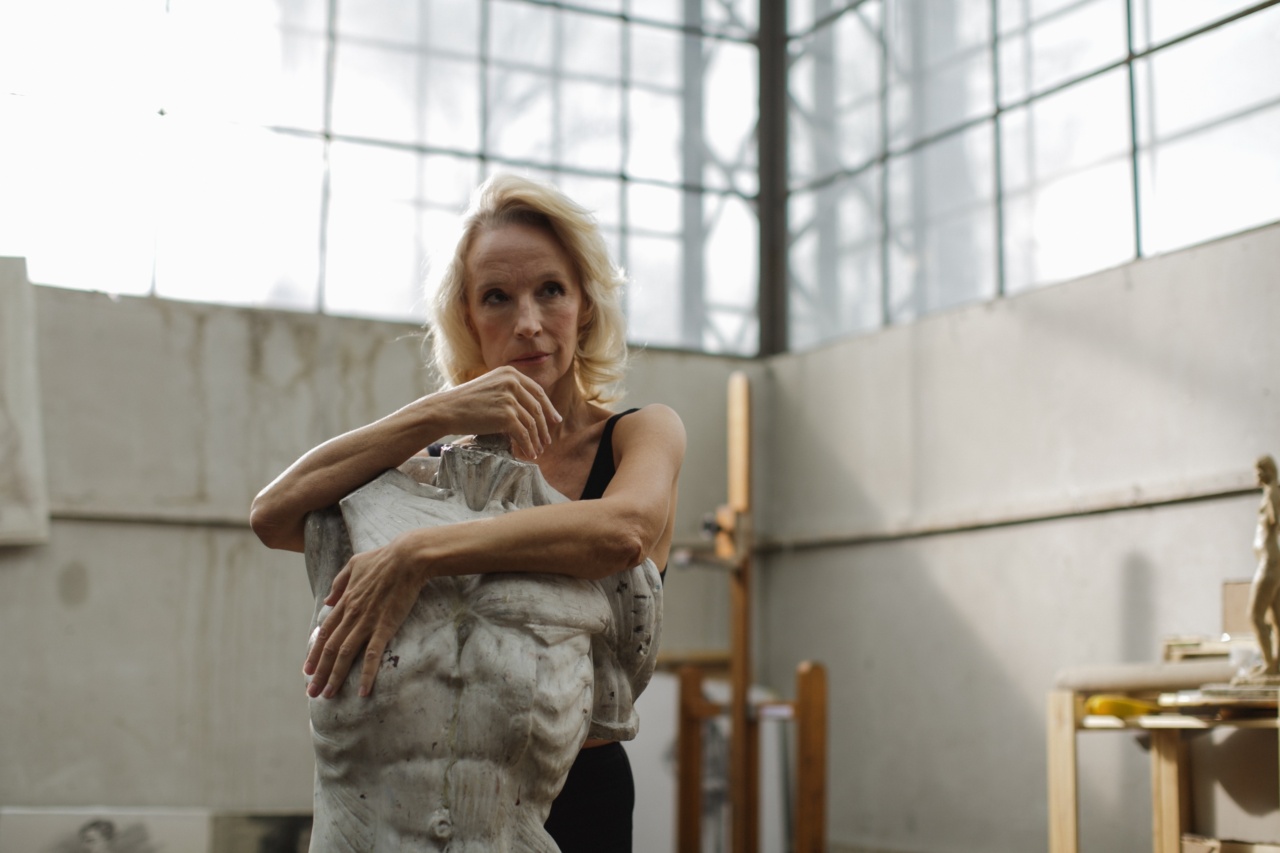As we age, our bones become weaker and more brittle, making us more susceptible to injuries such as broken bones. In fact, falls are the leading cause of injury among older adults, and can often result in broken bones.
According to the Centers for Disease Control and Prevention (CDC), about 25% of adults aged 65 and older will suffer a fall each year, and falls are responsible for more than 95% of hip fractures among older adults. In this article, we will explore the risks of broken bones for the elderly and what can be done to prevent them.
Why Are the Elderly More at Risk for Broken Bones?
As we age, our bones naturally become thinner and weaker, a process called osteoporosis. This is due to a decrease in bone density, which increases the risk of fractures.
Additionally, the muscles and joints that keep us stable and balanced also weaken with age, which can lead to falls and subsequent fractures.
Types of Broken Bones in the Elderly
There are many different types of broken bones that can occur in the elderly. The most common types include:.
: Hip fractures
Hip fractures are a serious injury that often requires surgery and a long recovery period. They are very common among the elderly, particularly women. In fact, about 75% of hip fractures occur in women.
: Wrist fractures
Wrist fractures are also very common among the elderly, and are often caused by falls. They can be painful and limit the use of the affected arm.
: Vertebral fractures
Vertebral fractures are fractures of the spine, and are also very common among the elderly. They can cause severe pain and limit mobility.
Preventing Broken Bones in the Elderly
While it can be difficult to prevent all falls in the elderly, there are several steps that can be taken to reduce the risk of broken bones:.
: Exercise
Regular exercise is crucial for maintaining bone and muscle strength, and reducing the risk of falls. Exercises that improve balance and coordination are particularly beneficial for the elderly.
: Fall prevention measures
Installing grab bars in bathrooms, removing tripping hazards, and using non-skid mats can all help to reduce the risk of falls in the elderly.
: Dietary changes
Adequate intake of calcium and vitamin D is important for maintaining bone health. Elderly individuals should aim to consume foods that are high in calcium, such as dairy products, leafy greens, and fortified cereals.
Vitamin D can be found in fatty fish and fortified foods, and can also be obtained through sunlight exposure.
: Regular bone density testing
Bone density testing can identify individuals who may be at risk of osteoporosis and subsequent fractures. This testing is typically done using a bone mineral density test, which is painless and non-invasive.
Conclusion
Broken bones are a serious risk for the elderly, particularly those with osteoporosis. While it can be difficult to completely eliminate the risk of falls and subsequent fractures, there are several preventive measures that can reduce the risk.
Regular exercise, fall prevention measures, dietary changes, and regular bone density testing can all help to maintain bone health and reduce the risk of fractures in the elderly.





























